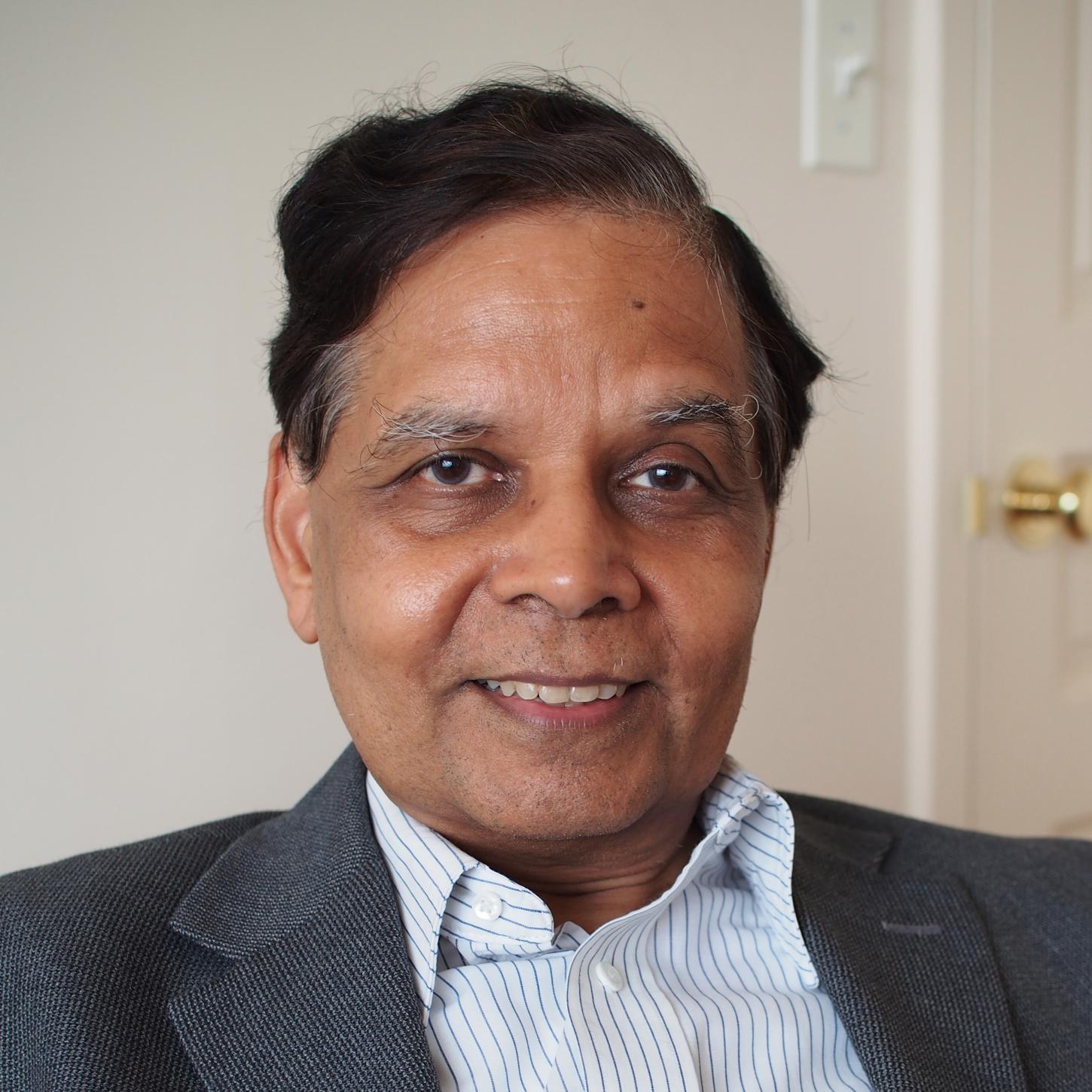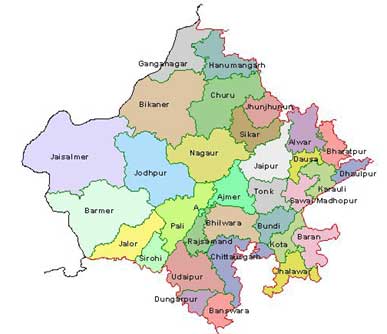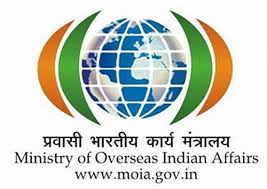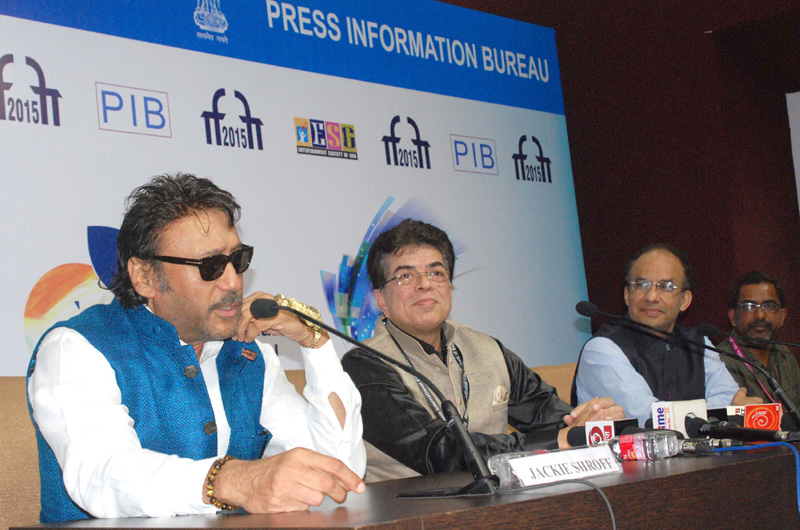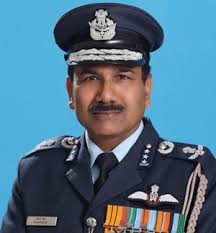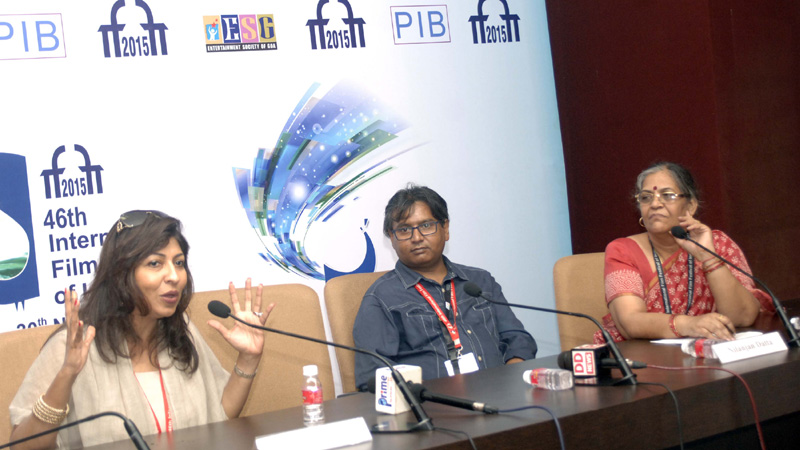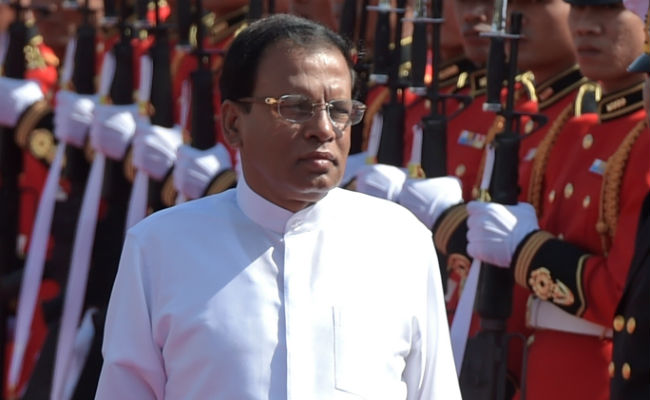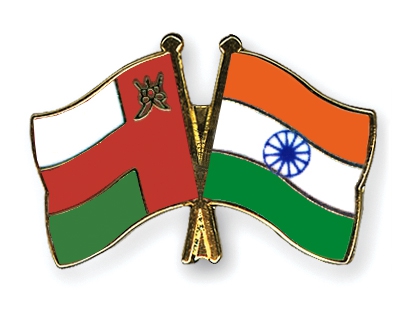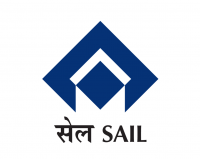Rajasthan could soon become the first Indian state to draft a policy for the homeless. This could be a historic moment as homelessness is a public health crisis in India. It is caused by the negligence of the government since policies and funds for building shelters that ensure that homeless people get access to healthcare and social services do exist. Those policies came about in response to media reports of homeless deaths five years ago.
In the winter of 2010, the Supreme Court ordered cities to build one shelter for 100 homeless people per 100,000 residents – estimating 0.1% of people in Indian cities as homeless. Jaipur’s population of nearly 3.5 million, for example, mandates the city build 35 shelters for 3,500 people. The guideline is an underestimate since the 2011 Census counted 8,930 homeless people in Jaipur. Based on the census figures, which peg the number of homeless people at 938,348, and the total urban population at 377 million, 0.25% of urban India is officially homeless.
In 2012, the central government transformed the Supreme Court’s orders into official policy, committing funds for shelters nationwide.
September 2013 saw the launch of the National Urban Livelihood Mission, which budgeted Rs 1,078 crore for shelters and services for 900,000 homeless people in 790 cities. While the Mission also underestimated the number of homeless people, this marked an important step in recognising that homeless people are a segment of the working poor who deserve access to the social protection system.
The formulation, and modest evolution of, homeless policies is no small feat considering the history of official hostility to people on the streets and on the brink of displacement. A 2004 judgement, for instance, approved the eviction of 35,000 people in Delhi’s Yamuna Pushta for the Tourism Ministry’s “beautification projects”, and beggary laws from the early 1960s are still used to detain homeless people in custodial institutions, commonly referred to as beggar homes.
Poor action by states
But if the problem five years ago was the lack of homeless policy, today it is the embarrassing gap between national policy and state action. The problem isn’t limited to Delhi. An August 2014 report by the Supreme Court’s National Advisor on Urban Homelessness across 55 cities in seven states – Uttar Pradesh, Bihar, Karnataka, West Bengal, Jharkhand, Andhra Pradesh, Gujarat, Rajasthan – found only 272 out of a required 1,033 shelters operational. This meant that 85,428 eligible homeless people could not access shelter.
Now, the Supreme Court is reviewing the number of shelters in the country promised by the National Urban Livelihood Mission after finding in April 2015 that the states did not use funds.
If states do not implement these policies, the Centre could eventually find reason to discontinue programmes that address urban homelessness. This would be disastrous in times of increasing urbanisation. The National Urban Livelihood Mission, for example, is time bound and ends in 2018.
The experience of Rajasthan
Activists and researchers in Rajasthan are therefore pushing the state to adopt a state homeless policy based on empirical evidence they have gathered from the streets and shelters of Jaipur. They are calling for a comprehensive approach that is both in line with national policies and includes rental housing, workers hostels and family shelters.
A state policy that is based on discussions and an exchange of data on homelessness between field researchers, court petitioners and local officials may have a better chance at being implemented. The state has drafted a policy, which is under discussion and would be the first state homeless policy in India.
In response to a public interest litigation filed by activists in December 2013, the Rajasthan High Court ordered a homeless survey to assess the number of people on the streets as well as their working and family conditions to guide the design of the state’s policy.
The Institute for Development Studies in Jaipur designed and conducted the survey on 57 routes of the city under the supervision of Dr Motilal Mahamalik in April and May 2015. They counted 15,634 homeless people on the footpaths, staircases and under-bridges of Jaipur – nearly double the census estimate. Eighty-five per cent are families.
“This figure is still an underestimate of the total homeless population,” Dr Mahamalik said, “because it does not count people sleeping in shelters or construction sites or shops where they work.” That’s because the High Court did not consent to counting migrants who sleep at work sites as homeless.
The survey provides evidence of the need to strategically locate shelters in areas where homeless people live since nearly one-third of the surveyed population sleep on the streets and open spaces of the city’s Sanganer area, where only two shelters exist. It should also convince policymakers to actively link homeless people to provisions of the National Urban Livelihood Mission scheme.
Just over 10,000 homeless adults on the streets of Jaipur – 75% are men – are employed in various kinds of casual labour: as auto rickshaw drivers, carpet sellers, blacksmiths and fruit and vegetable sellers. Eighty-five per cent of these people do not possess identity documents, which bars them from access to social programmes. A detailed questionnaire on income and remittances of 572 adults found that 85.7% save their earnings to support families back home, which are largely villages in rural Rajasthan.
The survey also shows the need for measures to prevent homelessness in rural India. Dr Mahamalik’s team found that 6,882 people who sleep in open spaces – between boundary walls and roads – are rural migrants who find work in the city on construction projects through labour contractors.
Lastly, the survey provides insight on the vulnerability of homeless children below the age of 14. Nearly a third of the people counted were children. Of the 5,083 homeless children, 3,328 sleep in open spaces and belong to migrant families while the minority of boys and girls on footpaths are children forced into sex and drug networks.
Policy recommendations
In June, Rajasthan’s Advisor to the Supreme Court Commissioner’s Office, Ashok Khandelwal, presented a set of recommendations to the High Court and policymakers which called for a policy to link shelters for the homeless to health care programmes, drug de-addiction and counselling centres. Khandelwal also recommended that housing for poor people was created in the same townships where they worked in homes and offices.
Explaining the rationale for the recommendations, Khandelwal said, “The idea is for a comprehensive policy that is not only curative – for people who are already homeless in the cities – but proactive, in areas such as housing for workers, which would mandate township policies.” He pointed out that there should be housing for service providers, such as guards and plumber, who are coming to work in housing colonies that are built for the rich but have no provisions for workers who will service those areas. “A state homeless policy should therefore align industrial, agricultural and township policies to ensure homelessness won’t happen,” he said.
Khandelwal therefore recommended the guarantee of housing through legislation. That move would cohere with the Supreme Court’s interpretation of the Right to Life under Article 21 of the Constitution as one that encompasses broader human rights, while issuing the orders on shelters in 2010.
Draft policy
This August, Rajasthan issued its draft policy, which includes a broader definition of homeless people as those who live and sleep on the streets, pavements and areas where they work. It also promises to build shelters near work sites. But it falls short on other counts since the state released the draft before IDS researchers, petitioners and state officials could meet to discuss the survey data collected.
For one, there is no provision for rental housing. This undermines the policy’s stated objective of “ensuring equitable supply of land and houses at affordable prices”, which is a missed opportunity to link the housing needs of working migrants to the central government’s ‘Housing for All scheme’ announced this June.
The policy also promises to ensure provisions for women and differently abled families within shelters. This is too vague. The policy should promise to build special shelters for families that are explicitly linked to the National Urban Livelihood Mission policy because the IDS survey identified a high presence of families and children among the homeless. Khandelwal recommended the provision of rental housing and family shelters as a way to address the varying needs of the large numbers of migrant families.
The IDS survey data supports Khandelwal’s suggestion that the state implement a comprehensive urban policy to address causes and outcomes of homelessness through rights-based legislation on shelter and housing.
Rajasthan is well placed to draft such a policy. The mechanics are in place – active petitioners in the High Court, a relatively responsive bench and exhaustive data provided by capable researchers.
Despite this, if the state accepts the current draft policy that does not address gaps identified by data, there will be reason to believe that getting policymakers to understand and act upon the harrowing conditions of homelessness is a taller task than securing resources to address poverty and death on the streets of India.


